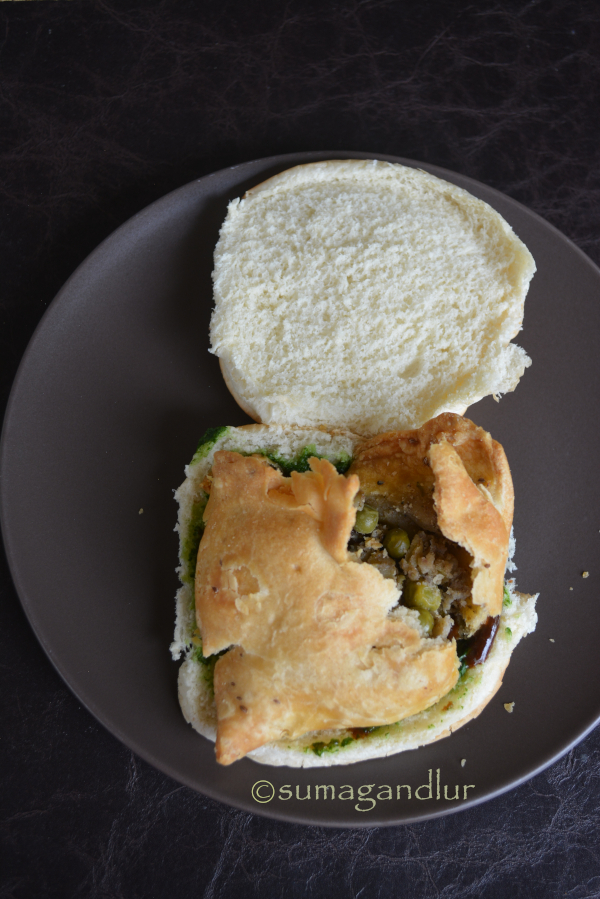Chegodilu
Despite their popularity online, I would say that chegodilu are not frequently prepared anymore at homes compared to other chakli varieties. However they make a great festive or tea time snack and are quite easy to prepare if choosing to make a small batch. There is also a version made with all purpose flour alone. I had tried making chegodilu with jowar flour too but that recipe still needs some tweaking. Chegodilu can be made bigger and thinner than what I have made. Peanut oil is used traditionally to fry these but I used canola oil here. Any flavorless oil works fine.
Ingredients: (Yield - About 28)
1 cup water
1 cup rice flour
1 tsp cumin seeds and/or carom seeds
Salt to taste
Chili powder to taste
1 tsp. butter / solid ghee or 2 tsp. oil
Oil for deep frying

Directions:
* Bring water to a boil in a pan and turn off the stove.
* Meanwhile combine flour, cumin / carom seeds, salt, chili powder and ghee in a mixing bowl. Next add the hot water carefully and mix well with a spoon to combine. Use a ladle if the dough quantity is more. Don't use hands to mix since the water is hot.
Alternatively, the ingredients can be added directly to the hot water pan and mixed. The first method works best when one is used to eye ball the quantities of ingredients rather than working with measuring cups. One can add only as much water as needed to the flour mixture to make a stiff dough.

* Let the dough come to room temperature or hot enough to handle. Knead the dough to just make sure that it is mixed well once it is safe to handle.
* Heat oil in a frying pan on medium heat. When a small pinch of dough is put into the oil, it must immediately swim to the surface meaning the oil is at the right temperature to fry. If the dough sinks to the bottom of the pan then the oil needs some more heating. There is no need to bring the oil to a smoking point.
* While the oil is heating, shape some chegodilu. Pinch a marble sized dough and roll into a ball. Shape it into a log of uniform thickness. Bring the edges together and join them to make a ring. Repeat the process with the remaining rings.
(The logs I made were about 1/2 cm thickness and about 5 inches long. Chegodilu can be made bigger and thinner than mine. Also one can shape only as many rings as needed to fit the frying pan while the rest of the dough can sit covered.)

* Add the shaped rings to the frying pan and fry on low medium heat, flipping intermittently until it turns golden brown through out.

* Remove the fried chegodilu with a slotted spoon, draining as much oil as possible and transfer them to a plate covered with paper towel. Repeat the process of shaping and frying rings with the remaining dough. Adjust the temperature as needed as you proceed with frying. The temperature may need to be increased between each batch as the temperature of the oil falls down.
* Let them cool and store them in an airtight container. (Mine were gone in one sitting.)



































































